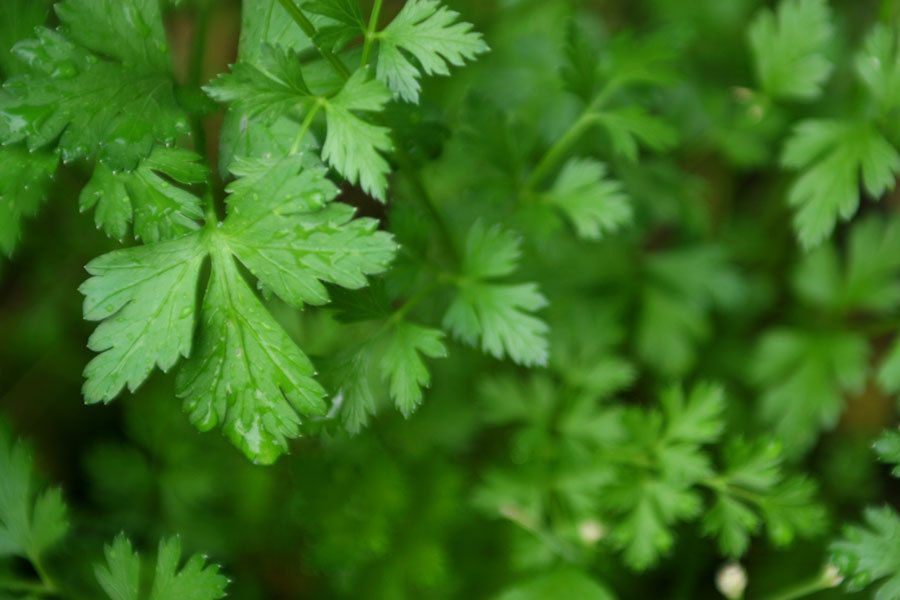
Backyard Garden Grower
Plan, grow, work, watch, and eat
The sun provides the energy needed for photosynthesis. This energy is in the photons of light emitted from individual electrons changing energy states within the burning star's elements. Even at 93,000,000 miles from us, the photons of light still reach us with enough energy to help plants grow.
Light carried to Earth in photons come in varying amounts. For example, a red photon of light contains a different amount of energy than a green photon of light. This is all determined by their wavelength, or how long their wave is. Due to this fact, certain wavelengths of light are better suited for plants than others. Of course, you know this already even if you don't think you do. It explains why plants are green. The light coming in is absorbed by the plants, except green isn't liked very much. It is just reflected. This reflected light can now travel to your eyes and give the appearance of the plant being green, and so it is. In fact, this is how all colors work.
The others colors are absorbed more or less depending upon the plant itself. Below is a graph that shows the visible spectrum (the wavelengths you and I can actually see, though there are far, far more) and their absorption. Notice the green area is very low. Notice however the blue and red regions are very high. This would tell us that plants like red and blue light. In reality it is a bit more complicated, but red and blue lights are very good for your plants. Here is what NASA is doing about it. In the next section we'll talk about chlorphyll.

